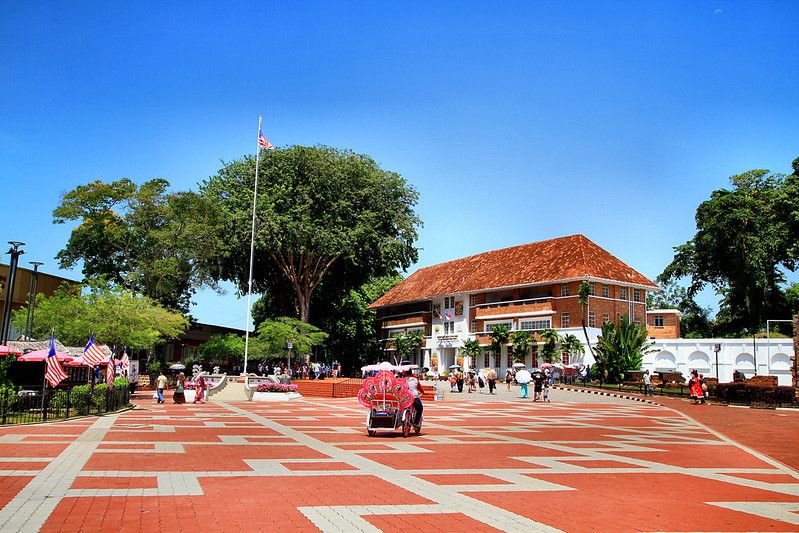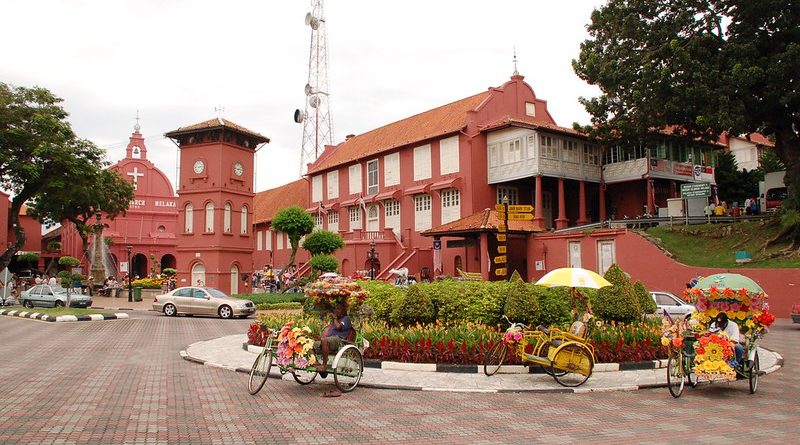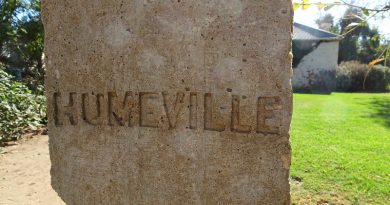Multicultural Malacca
Malacca, a historic city located on the southwestern coast of Peninsular Malaysia, has a storied past that dates back to the 15th century.
It was founded by Parameswara, a Hindu prince from Sumatra, around 1400. He established Malacca as a trading port, recognizing its strategic location along the Strait of Malacca, which was vital for maritime trade between the East and West.
Under Parameswara’s rule, Malacca flourished, attracting merchants from various regions, including China, India, and the Arab world. The Sultanate of Malacca soon emerged as a powerful maritime kingdom, known for its promotion of Islam and trade. The conversion of Parameswara to Islam marked a significant turning point, as the sultanate became a stronghold for the faith in the region.
During the 15th and early 16th centuries, Malacca reached its zenith as a trading hub, with a diverse population comprising Malays, Chinese, Indians, and Arabs. The city became a melting pot of cultures, reflected in its architecture, cuisine, and traditions.
In 1511, the Portuguese, led by Afonso de Albuquerque, captured Malacca, marking the beginning of European colonial influence in the region. The Portuguese fortified the city and maintained control for nearly a century. In 1641, the Dutch allied with the Sultanate of Johor and captured Malacca, establishing their own rule. The Dutch ruled for over a century, during which they focused on trade and strengthening their position in Southeast Asia.
In the late 18th century, the British began to assert their influence in the region. After a series of conflicts and treaties, Malacca was ceded to the British in 1824 under the Anglo-Dutch Treaty. The British continued to modernize the city, developing its infrastructure and economy.

Malacca’s historical significance was recognized in 2008 when it was designated a UNESCO World Heritage Site, celebrated for its rich cultural heritage and well-preserved historical buildings.
Today, Malacca is a popular tourist destination, known for its historical sites, vibrant street life, and diverse cultural influences, reflecting its legacy as a former trading empire and colonial stronghold.
Some of its main sites are:
*A Famos; A 16th-century Portuguese fortress, only the gate (Porta de Santiago) remains today.
*St.Paul’s Church: Built by the Portuguese in 1521, later used by the Dutch.
*Christ Church Melaka: A Dutch-era Protestant church built in 1753.
*Jonker Street (Jalan Hang Jebat: The heart of Chinatown, filled with Peranakan (Straits Chinese) heritage.
*Cheng Hoon Teng Temple: The oldest Chinese temple in Malaysia (1646).
*Stadyuus: A Dutch colonial administrative building, now a museum.
Destination :Malaysia




